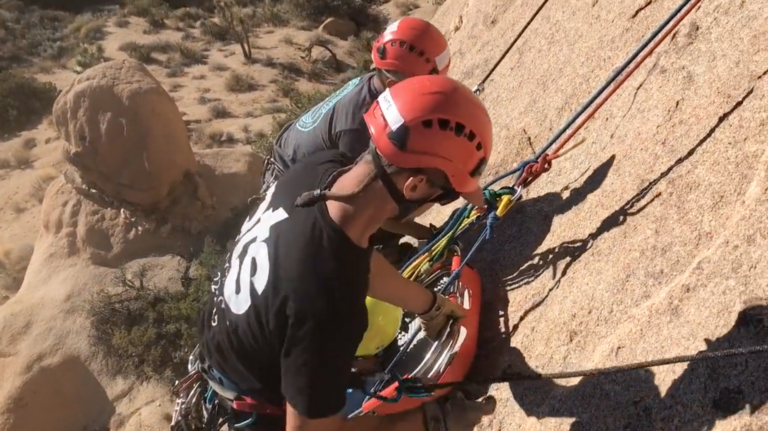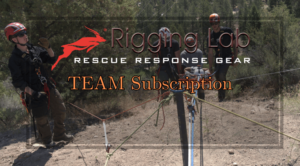REMS Overview and Operations
REMS Overview and Operations; Rapid Extraction Module Support (REMS) teams provide fast, efficient, and life-saving rescues for injured firefighters. These teams work in hazardous, remote, and rugged terrain, where traditional evacuation methods fail. Their presence ensures that firefighters in danger receive immediate medical aid and rapid extraction.
Purpose and Function
REMS teams are pre-staged at active wildfires, prepared for immediate deployment. Their mission includes:
- Providing an escape route for injured personnel
- Extracting and transporting firefighters from dangerous areas
- Delivering emergency medical care in the field
- Operating in extreme conditions where standard rescues are not possible
Wildland firefighting presents unique challenges. REMS teams are trained to navigate steep slopes, dense smoke, and unstable terrain, ensuring rapid response in any situation.
Team Composition
Each REMS unit consists of medical and technical rescue specialists, including:
- Emergency Medical Responders (EMRs) – Trauma care and patient stabilization
- Emergency Medical Technicians (EMTs) – Advanced prehospital care
- Paramedics – Severe medical emergency management, including Advanced Life Support (ALS)
Training and Qualifications
REMS personnel complete rigorous training to prepare for extreme conditions. Their qualifications include:




Essential Equipment
REMS teams rely on specialized, lightweight, and durable gear designed for quick deployment.
Rope Rescue
- 1,500 feet of rope (9.5mm–12.5mm) for steep-terrain rescues
- Descent control devices – ATCs, totem racks, break bar racks
- Carabiners, pulleys, prusiks, and webbing for secure extractions
- Edge protection kits to prevent rope damage
Patient Transport
- Collapsible basket stretcher/litter – Designed for hoist extractions
- Roll-up rescue stretcher – Portable for tight spaces
- Break-away backboard – Spinal stabilization
- Sleeping bag for insulation – Prevents hypothermia
- Litter wheel with repair kit – Smooth patient transport
Vehicles and Transportation
- 4×4 pickup truck – For equipment and personnel transport
- Utility Terrain Vehicle (UTV) – Designed for moving patients over rough terrain
Medical Gear
- Tourniquets and hemostatic dressings – Immediate bleeding control
- Burn treatment and trauma supplies – Fire-related injuries
- Pelvic binder – Stabilizes fractures
- Advanced airway management tools – OPAs, NPAs, ETTs
Technical Rescue Tools
- Pickets and sledgehammer – Anchor creation
- GPS and flagging tape – Navigation and marking routes
- Mechanical winch (optional) – Heavy load lifting
Personal Protective Equipment (PPE)
- Wildland web gear with fire shelter – Mandatory for REMS personnel
- Hand tools – Clearing debris and gaining access
Operational Integration
REMS teams are part of the Incident Command System (ICS), ensuring seamless coordination with fire crews. Their responsibilities include:
- Stationing within the Medical Branch for immediate deployment
- Moving with fire crews to provide rapid response
- Coordinating with air and ground transport for quick evacuations
- Collaborating with suppression teams to clear safe access routes
By integrating within fire operations, REMS reduces response times and improves survival rates.
Ongoing Training
REMS teams maintain peak readiness through ongoing training and certifications, including:
- RT-130 Wildland Fire Safety Training – Annual refresher
- S-131 Wildland Firefighter Type 1 – Tactical decision-making
- ICS Training – Ensures effective command structure coordination
Impact on Firefighter Safety
REMS teams enhance emergency response by:



As wildfires become more severe, REMS teams play an essential role in firefighter protection. Their technical expertise and rapid response capabilities make them critical to modern wildland firefighting operations.
Final Thoughts
Wildland firefighting is one of the most demanding and dangerous professions. When an emergency occurs, REMS teams ensure injured firefighters are not left behind. Their training, expertise, and equipment allow them to execute high-risk rescues with precision and speed.
As wildfire intensity increases, so does the need for faster, more efficient extractions. REMS teams are more than rescuers—they are the last line of defense for those on the fireline.
How About – Training For Wildland Operations?
Peace on your Days
Lance










